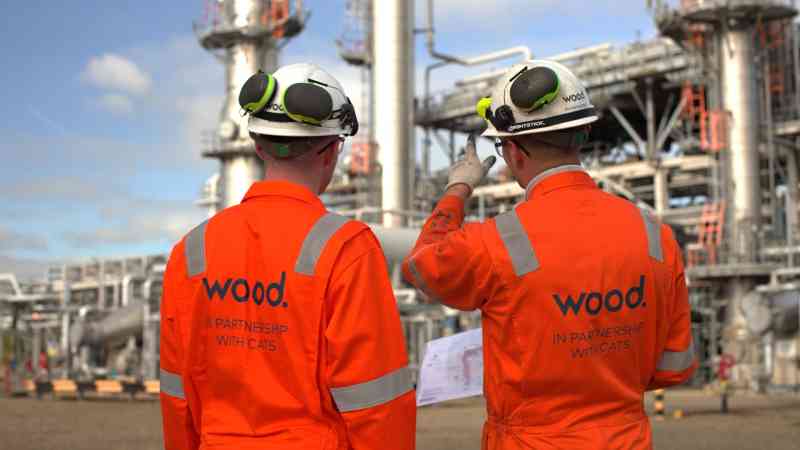Shetlands projects complete but UK must speed up clean energy, says SSE
The chief executive of SSE has said that the UK must speed up the process for building critical infrastructure if it wants to achieve its net-zero goals.
The warning came as the company announced the completion of two big projects in the Shetland Islands, Britain’s windiest region, including a subsea cable connecting them to mainland Britain’s electricity grid for the first time.
In addition, half a million homes on the mainland will be powered by renewable energy from the creation of the Viking onshore wind farm, more than 20 years after it was first conceived.
Alistair Phillips-Davies, the chief executive of SSE, called the projects “big engineering achievements”, adding that they “represent a major milestone on the UK’s path to a clean energy system”.
However, he added that Britain had to accelerate the delivery for these kinds of initiatives in order to meet environmental targets.
“It has taken nearly two decades for these projects to move from concept to completion, and if we are serious about delivering clean power by 2030 — less than 2,000 days away — then we need to make it much easier and faster to build this kind of mission-critical infrastructure.”
Up until now, electricity on the islands has been provided by two power stations. As well as being more environmentally friendly, the new facilities will provide security of supply, with a secure connection to the mainland.

John Swinney, the first minister of Scotland, said the projects marked “a significant step in unlocking the green energy potential of the Shetland Islands. These developments will not only aid us in our efforts to decarbonise our energy system, but help to stimulate sustainable economic growth in the local area.”
SSE has invested £1 billion in the initiatives, as part of its plan to spend £20.5 billion on clean energy infrastructure in the UK by 2027, it said.
The company said the wind farm opening meant that the UK now has combined onshore and offshore wind capacity of more than 30GW, which could meet the annual energy needs of 26 million homes.
The Shetland facility is expected to be the UK’s most productive wind farm. Preparatory work on the site began in 2002, with planning permission being granted by the Scottish government in 2012, but construction did not begin until 2020.
The new Labour government has paved the way for the creation of more onshore wind farms by overturning planning regulations that have made securing permission for land-based wind difficult.Ed Miliband, the energy secretary, said: “By switching on Viking, the UK’s largest onshore wind farm, hundreds of thousands of homes in the Shetlands and right across the country will benefit from cheap, home-grown energy, and this project has created jobs and growth for local communities.
“This shows why we need more developments like this to make Britain a clean energy superpower — and that is why we lifted the onshore wind farm ban in our first 72 hours in government.”






